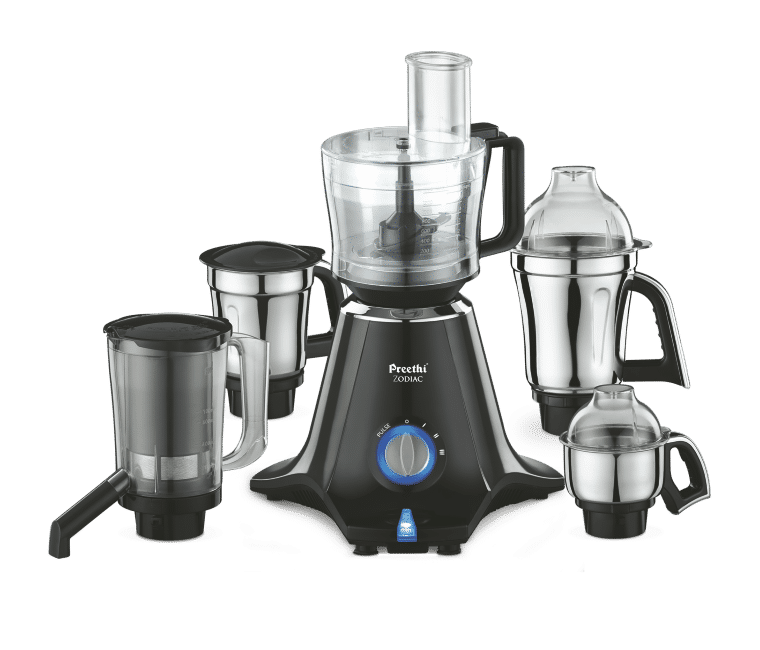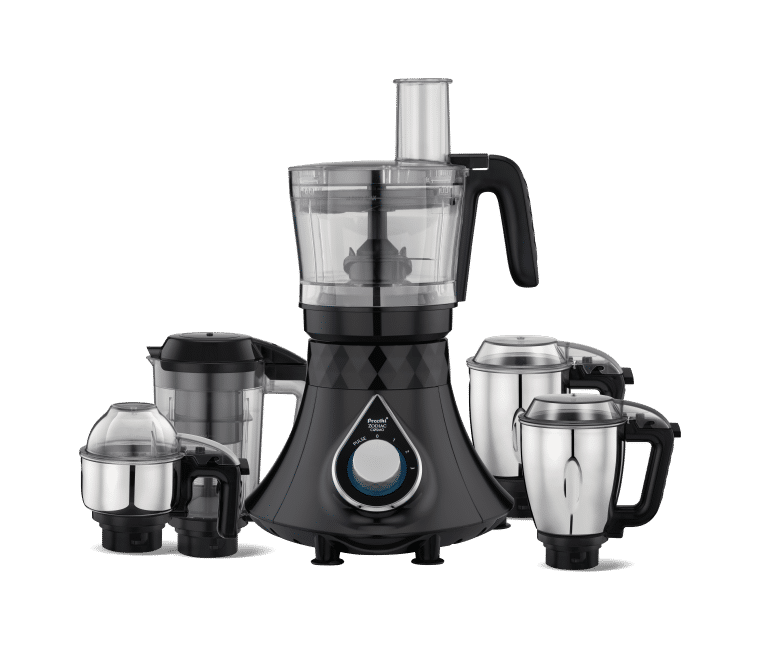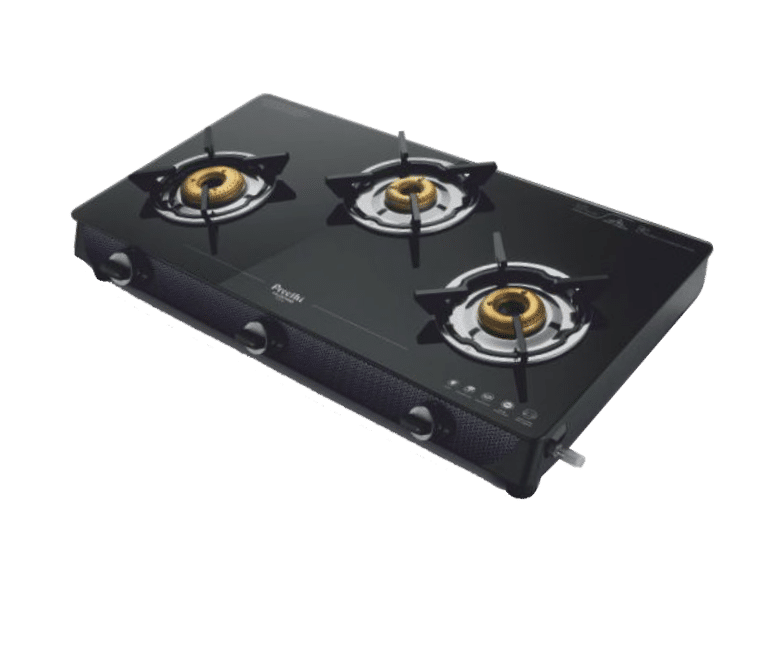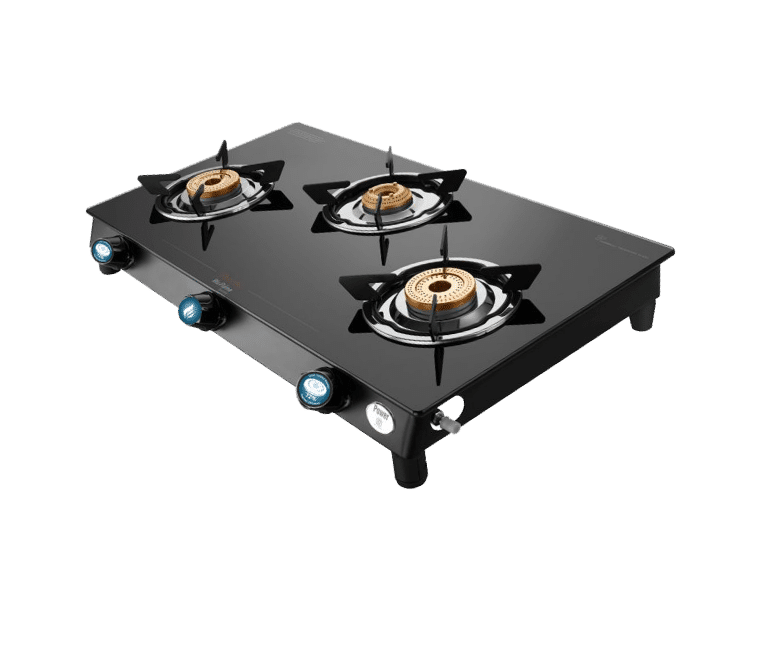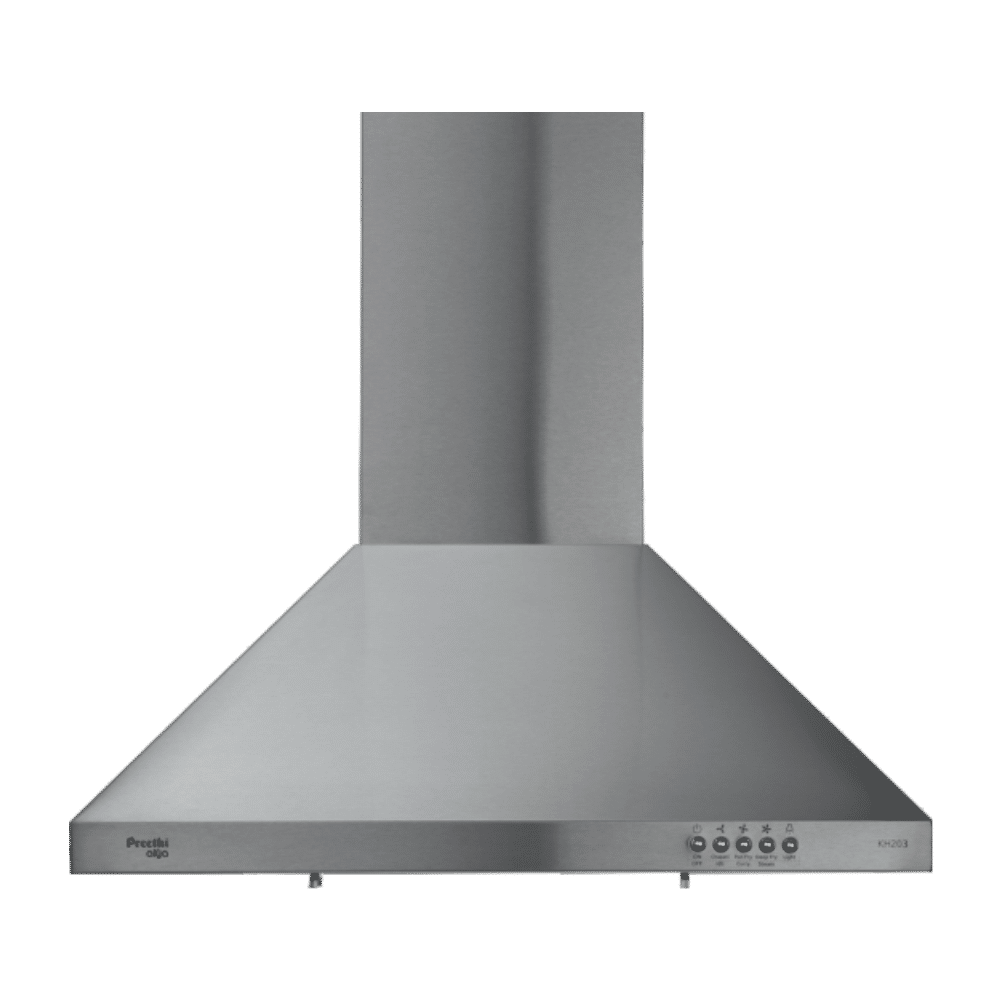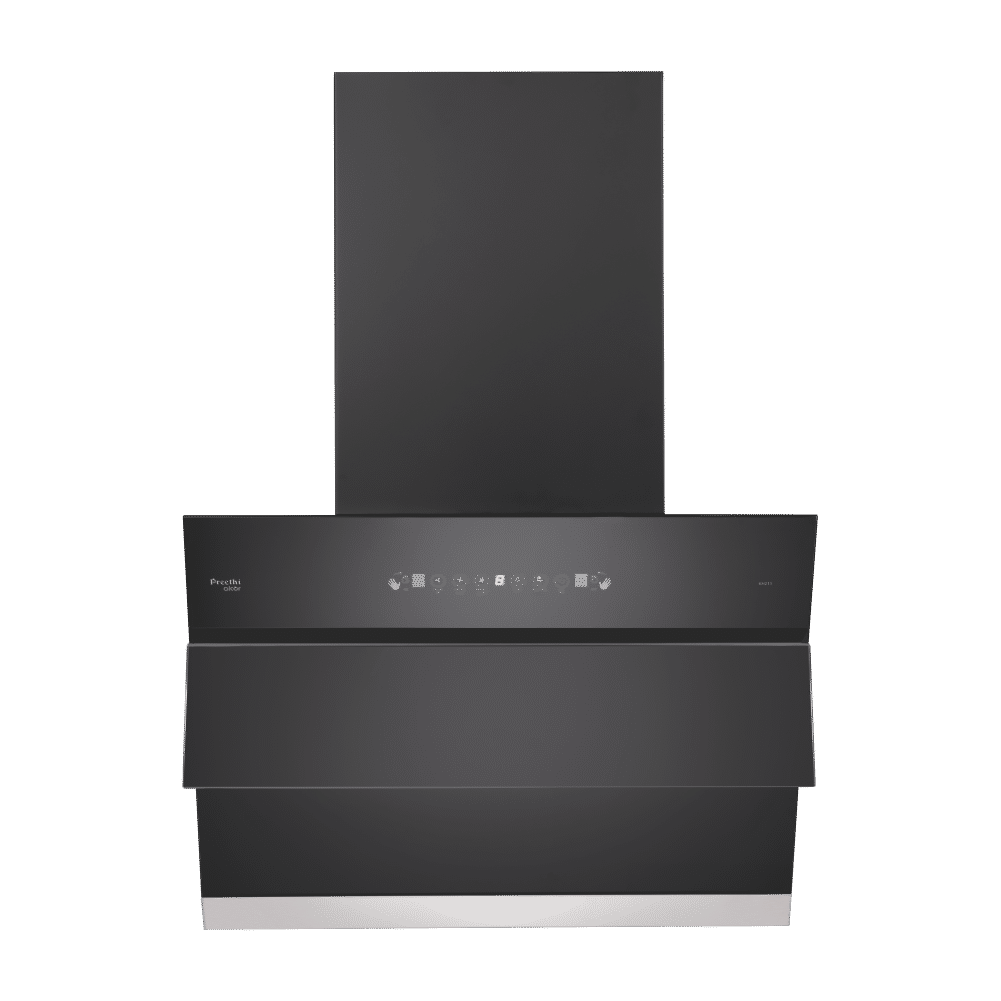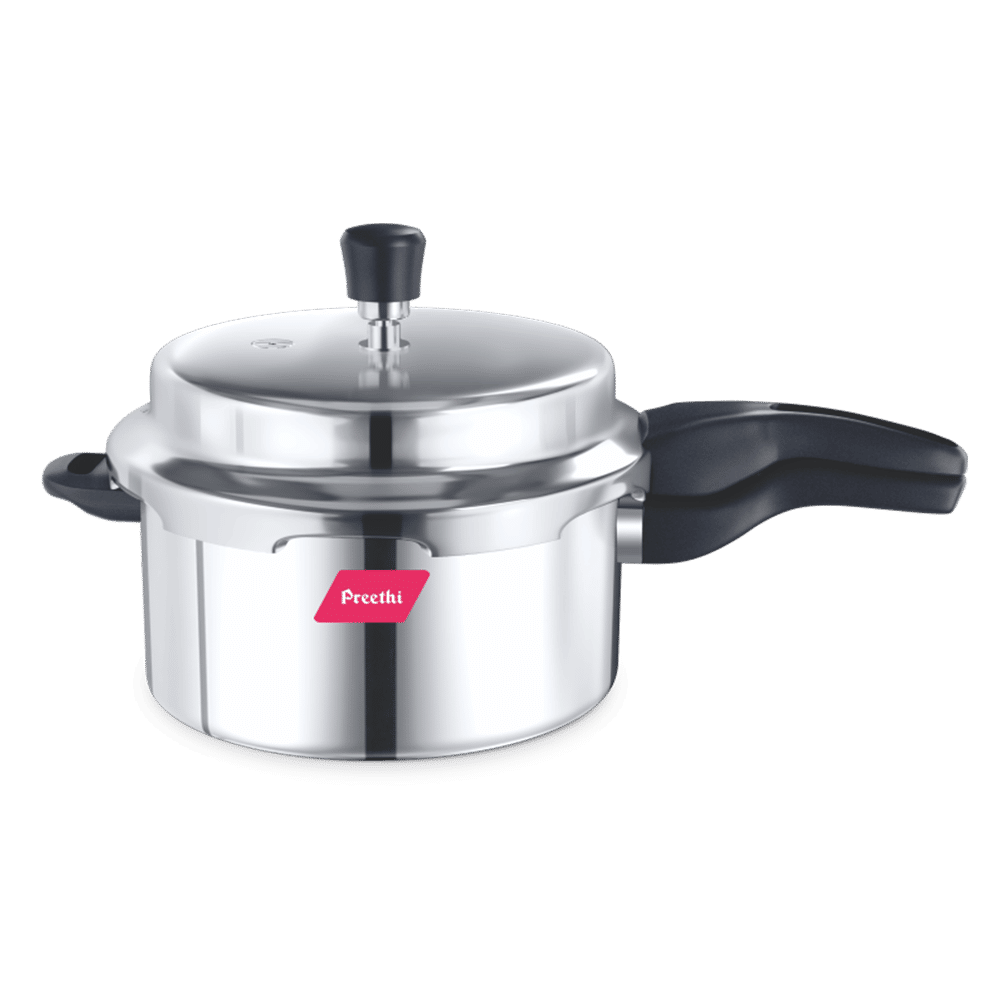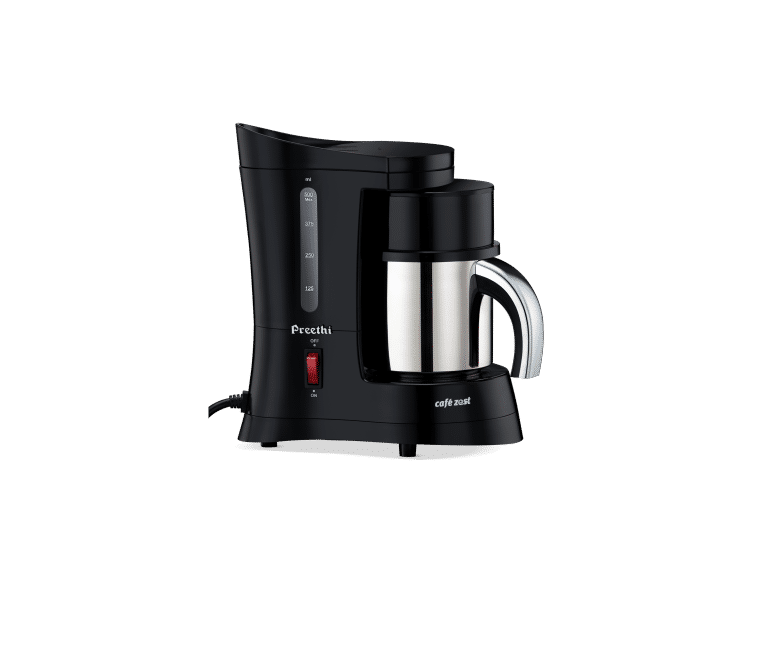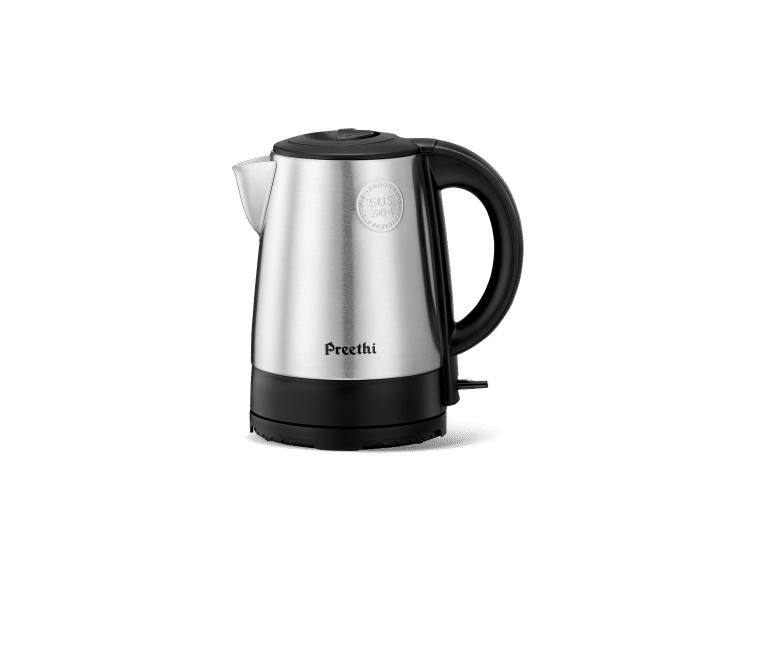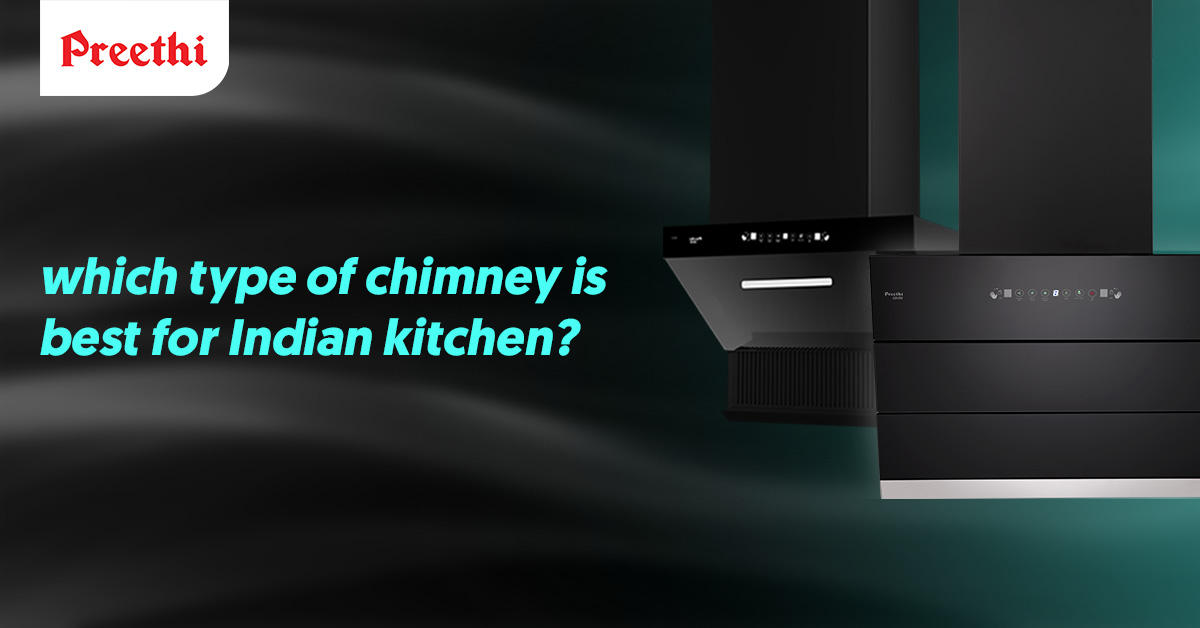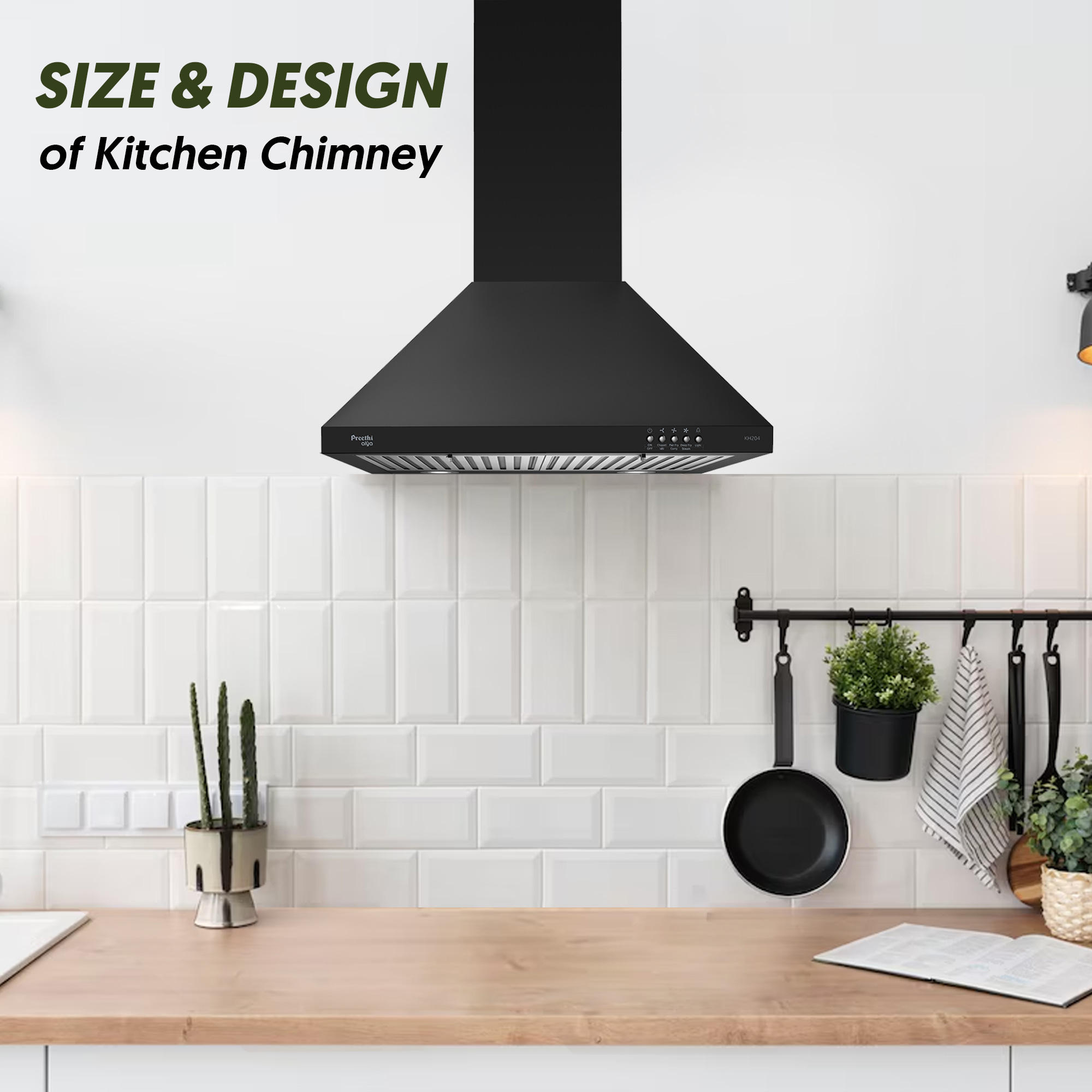Selecting the best kitchen chimney for an Indian kitchen can be quite a task, given the variety of options available. Indian cooking often involves frying, grilling, and the use of spices, which can lead to a smoky and greasy kitchen. A good kitchen chimney helps maintain a clean and odor-free environment. Here’s a guide on how to choose the right kitchen chimney, focusing on the different types, suction power, size, design, filters, and noise levels.
Why You Need the Best Kitchen Chimney
A kitchen chimney is essential in an Indian kitchen to combat the intense cooking odors, grease, and smoke that are a part of everyday cooking. The right chimney can effectively pull out smoke and odors, ensuring your kitchen remains fresh and clean.
How to Choose the Right Kitchen Chimney
When choosing the best kitchen chimney for your home, consider the following factors:
- Type of Kitchen Chimney
- Suction Power
- Size and Design
- Filters
- Noise Level
Type of Kitchen Chimney
There are mainly three types of kitchen chimneys available in the market: wall-mounted, island, and built-in chimneys.
1. Wall-Mounted Chimney: These are fixed against the wall, above the cooktop. Ideal for kitchens where the stove is placed adjacent to the wall.
2. Island Chimney: Suitable for kitchens with a cooking island. These are installed in the middle of the kitchen, hanging from the ceiling.
3. Built-In Chimney: Integrated into the kitchen cabinetry, these chimneys are ideal for modular kitchens where space is a constraint.
Suction Power of Kitchen Chimney
The suction power of a kitchen chimney determines its efficiency in removing smoke and odors. Measured in cubic meters per hour (m³/hr), higher suction power is better for Indian kitchens due to the intense cooking style. For heavy frying and grilling, a chimney with a suction power of 1000 m³/hr or more is recommended.
Size & Design of Kitchen Chimney
The size of the chimney should match the size of your stove. Typically, chimneys come in sizes of 60 cm and 90 cm. For a 2-4 burner stove, a 60 cm chimney is adequate, whereas a 3-5 burner stove would benefit from a 90 cm chimney.
In terms of design, modern chimneys come in a variety of styles and finishes, from sleek stainless steel to elegant glass. Choose a design that complements your kitchen’s decor and enhances its aesthetic appeal.
Different Types of Filters Available in Kitchen Chimney
Filters play a crucial role in a chimney's performance. There are three main types of filters:
1. Mesh Filters: Made of multiple layers of aluminum mesh that traps grease and oil. They require regular cleaning to maintain efficiency.
2. Baffle Filters: Commonly used in Indian kitchens, these filters are made of multiple curves that change the direction of airflow, effectively trapping grease. They are easy to clean and maintain.
3. Carbon Filters: Used for odor absorption, these are made of charcoal and are mostly used in ductless chimneys. They need to be replaced every 6 months.
Noise Level in Kitchen Chimney
Noise levels in kitchen chimneys can affect the comfort of your cooking experience. Measured in decibels (dB), it’s important to choose a chimney with lower noise levels. Most chimneys operate between 58-65 dB. Opt for a chimney that balances good suction power with a quieter operation to maintain a peaceful kitchen environment.
In conclusion, choosing the best kitchen chimney for an Indian kitchen involves considering several key factors.
Type of Chimney: Choose based on your kitchen layout – wall-mounted, island, or built-in.
Suction Power: Higher suction power (1000 m³/hr or more) is ideal for Indian cooking.
Size and Design: Match the chimney size to your stove size and select a design that complements your kitchen.
Filters: Opt for baffle filters for easy maintenance and efficiency.
Noise Level: Select a chimney that operates quietly without compromising on suction power.
By evaluating these factors, you can make an informed decision and ensure your kitchen remains clean, fresh, and free from the hassles of smoke and odors. With the right kitchen chimney, cooking becomes a more enjoyable and pleasant experience.
